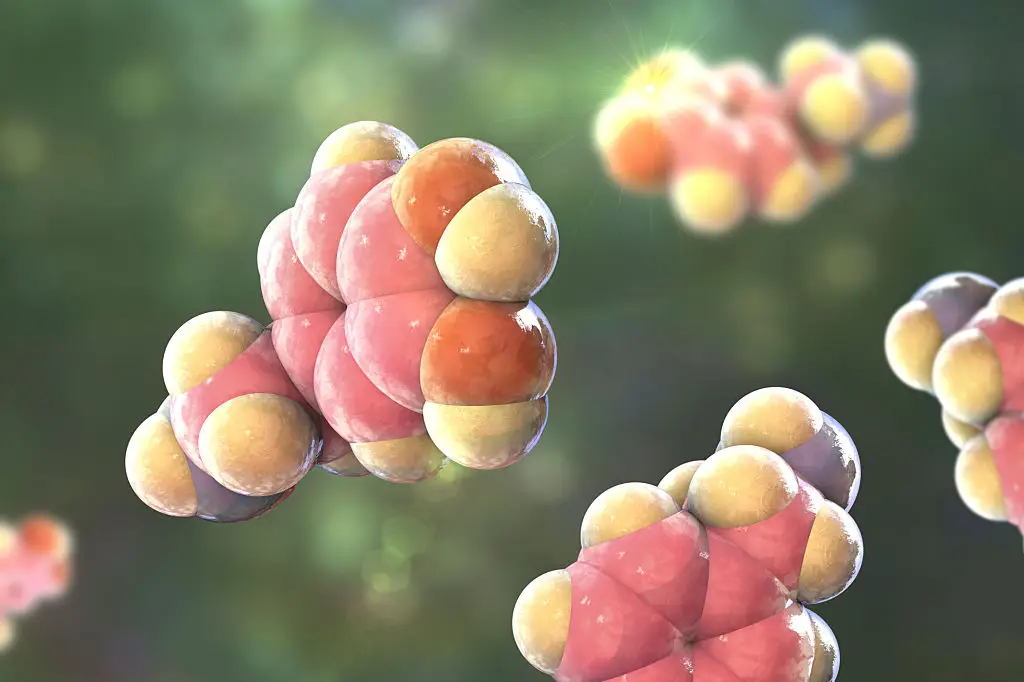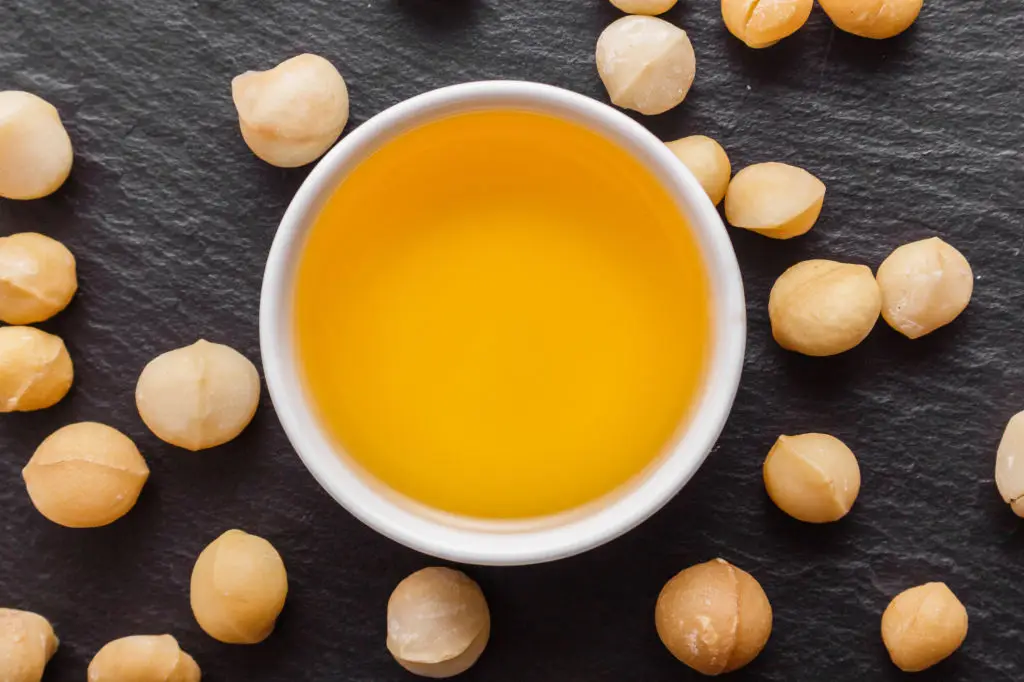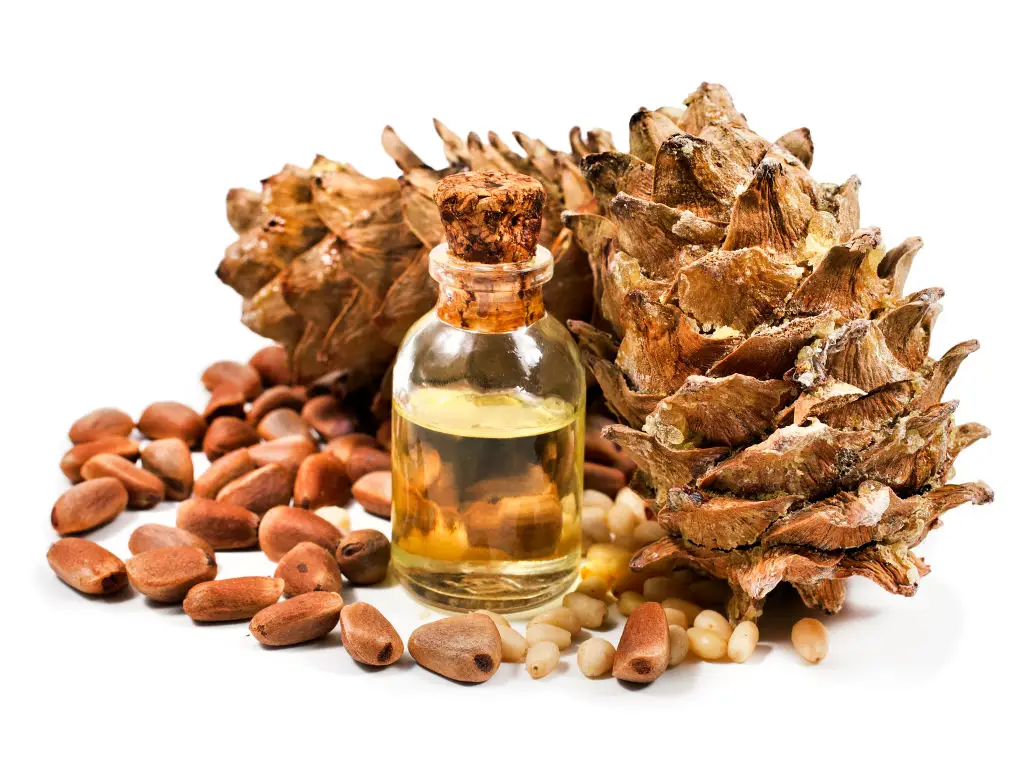Beyond Omega-3s: 14 Rare Fats Your Brain and Joints Desperately Need
Fats are more than fuel. They are structural building blocks, chemical messengers, and quiet partners in how our brains and joints stay resilient as we age. You already know about omega-3s, but a cluster of lesser-known lipids deserve attention too. Some are structural—helping cell membranes and myelin stay flexible. Others are signaling molecules that nudge inflammation up or down. A few are dietary rarities that don’t show up on every nutrition label but have meaningful roles in neural communication and joint comfort.
1. Phosphatidylserine

Phosphatidylserine is a phospholipid concentrated in brain cell membranes and at active synapses. It helps maintain membrane fluidity and supports signaling pathways that underlie memory and attention. Dietary sources include soy and sunflower lecithin, and organ meats have higher concentrations. Clinical studies on supplemental phosphatidylserine, particularly plant-derived forms, have explored benefits for memory, attention, and cognitive complaints in older adults. Because it’s a structural component of neurons, low levels are associated with impaired signaling, while supplementation can help replenish membrane pools in some people.
2. Plasmalogens

Plasmalogens are a unique class of ether-linked phospholipids abundant in brain tissue and the insulating myelin that surrounds nerves. Their structure helps protect membrane lipids from oxidative damage and supports membrane fusion events critical to synaptic signaling. Research has observed lower plasmalogen levels in certain neurodegenerative conditions, prompting interest in ways to restore them. Dietary plasmalogens are uncommon in most Western diets, but some seafood and organ meats provide precursors that the body can use for synthesis.
3. Phosphatidylcholine (Choline-rich lipids)

Phosphatidylcholine is a core membrane phospholipid and the principal dietary source of choline, a molecule needed to make the neurotransmitter acetylcholine. Acetylcholine plays central roles in attention, memory, and neuromuscular signaling—so maintaining choline-rich lipid pools supports both brain and muscle-related function. Common foods with high phosphatidylcholine content include egg yolks, soy lecithin, liver, and certain seed oils.
4. Gamma-Linolenic Acid (GLA)

Gamma-linolenic acid is an omega-6 fatty acid that follows a metabolic path distinct from more ubiquitous omega-6s. Instead of contributing only to pro-inflammatory eicosanoids, GLA can be converted in tissues to dihomo-gamma-linolenic acid and then to anti-inflammatory or inflammation-resolving mediators. Food and supplement sources include evening primrose oil, borage oil, and black currant seed oil, each of which concentrates GLA to varying degrees.
5. Conjugated Linoleic Acid (CLA)

Conjugated linoleic acid is a group of linoleic acid isomers found primarily in grass-fed ruminant meats and dairy. CLA has been studied for metabolic effects and for its influence on inflammatory signaling. Because inflammation contributes to joint pain and to certain patterns of cognitive decline, researchers have explored whether CLA can indirectly support joint comfort or metabolic health in ways that benefit the brain.
6. Docosapentaenoic Acid (DPA)

Docosapentaenoic acid is a long-chain marine fatty acid that sits metabolically between EPA and DHA. Although it’s an omega-3 family member, DPA is less commonly discussed than EPA or DHA. Evidence indicates that DPA participates in membrane composition, and it can be converted into signaling molecules involved in tissue repair and inflammation resolution. Some specialized fish oils and certain fish species contain higher proportions of DPA.
7. Arachidonic Acid (AA)

Arachidonic acid is an omega-6 fatty acid concentrated in brain tissue and in most animal-sourced foods, including eggs and meats. It’s a precursor to a range of signaling molecules that participate in inflammation, immune responses, and synaptic plasticity. Because AA supports neurotransmission and synaptic remodeling, it plays a normal, necessary role in brain function even though some of its metabolites can be pro-inflammatory when out of balance.
8. Nervonic Acid

Nervonic acid is a very-long-chain monounsaturated fatty acid found in myelin lipids and associated with nerve membrane composition. It’s present in small quantities in certain seed oils, including lunaria and some marine sources. Because myelin integrity matters for signal conduction, researchers are interested in nervonic acid for its potential role in myelin maintenance and repair.
9. Palmitoleic Acid

Palmitoleic acid is an omega-7 monounsaturated fatty acid often described as a lipokine because it signals between tissues. It’s concentrated in macadamia oil and sea-buckthorn oil and is studied for effects on metabolic health and inflammatory tone. Through these signaling roles, palmitoleic acid can indirectly affect joint comfort and brain function by influencing systemic inflammation and metabolic balance.
10. Stearidonic Acid (SDA)

Stearidonic acid is a plant-based fatty acid that acts as a downstream product of alpha-linolenic acid conversion. It’s found in echium oil, hemp, and certain seed oils, and it can be more readily converted into longer-chain anti-inflammatory omega-3 metabolites compared with some other plant omega-3 precursors. For individuals who favor plant-based choices, SDA-containing oils offer an alternative pathway to generate bioactive lipids that support inflammation resolution.
11. Eicosatrienoic Acid (ETA)

Eicosatrienoic acid is a less common 20-carbon fatty acid that has shown anti-inflammatory activity in some laboratory and small clinical settings. It appears in limited plant oils and in specialized formulations under research. Interest in ETA centers on its ability to modulate prostaglandin pathways in ways that can support joint comfort and skin health without broadly suppressing immune function.
12. Sciadonic Acid

Sciadonic acid is a rare non-methylene-interrupted fatty acid found in certain conifer seed oils and select plants. Its unusual structure confers distinct membrane properties and it has shown bioactivity in preliminary studies related to inflammatory modulation. Because sciadonic acid is uncommon in most diets, the science is still early and practical dietary guidance focuses on diversity of healthy fats rather than single nutrient fixes.
13. Oleoylethanolamide (OEA) and related lipid mediators

Oleoylethanolamide is an endogenously produced lipid mediator derived from oleic acid. It affects appetite regulation, inflammation, and cellular homeostasis through signaling pathways. While OEA itself is formed in the body rather than consumed directly in large amounts, dietary patterns rich in oleic acid—like those featuring extra-virgin olive oil—can influence the pools of precursors available for beneficial signaling.
14. Alkylglycerols and plasmalogen precursors

Alkylglycerols are lipid precursors that support the body’s synthesis of plasmalogens and other ether lipids. They are present in certain marine oils and in small amounts in specific animal tissues. Because plasmalogens are concentrated in neural tissue and myelin, providing the body with appropriate precursors can be part of a strategy to support membrane health, particularly during aging.
What to do next: thoughtful choices, not quick fixes

These 14 fats are a reminder that dietary lipids play varied roles beyond simple calories. Some are structural—helping membranes and myelin keep their shape—while others are signaling molecules that help tissues calm down after stress or support repair. The quality of evidence varies across the list. For a few items, clinical trials give clear guidance; for others, laboratory and early clinical work points toward potential value that deserves further study. That’s normal in nutrition science: discovery often moves from bench to bedside over years.
